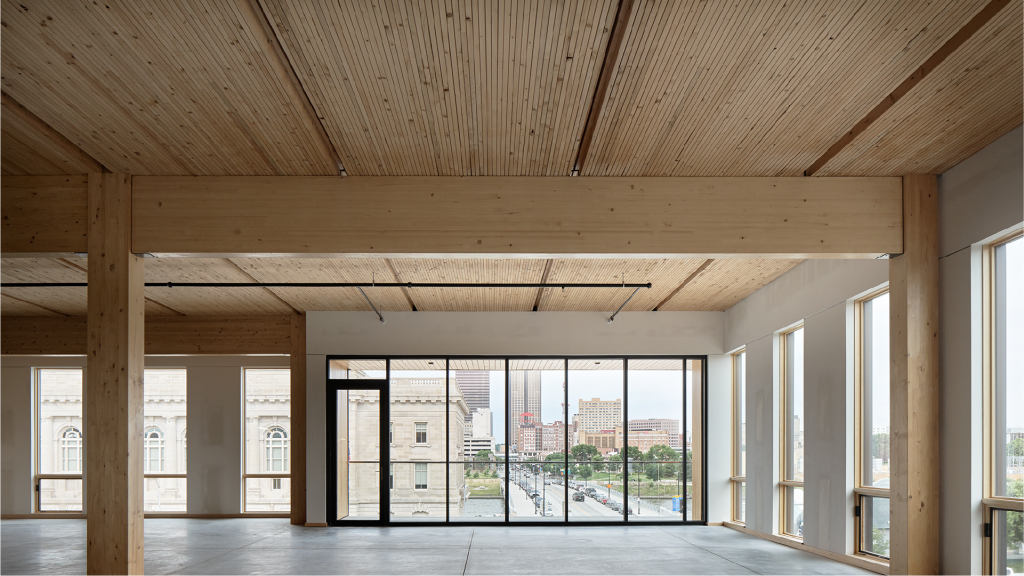BUILDING CODES & STANDARDS (THE REGULATORY SYSTEM)
The construction industry is regulated through building codes which are informed by:
- Design standards that provide information on “how to” build with wood,
- Product standards that define the characteristics of the wood products that can be used in design standards, and
- Test standards that set out the methodology for establishing a wood product’s characteristics
CWC is active in a technical capacity in all areas of the Regulatory System. This includes:
BUILDING CODES – CWC participates extensively in the development process of the Building Codes in Canada. CWC is a member of both National and Provincial Building Code Committees. These Committees are balanced and representation is limited to about 25 members on each Committee. Competing interests (i.e. steel and concrete) sit on the same Committees. This is an arena where CWC can win or lose ground for members’ products.
DESIGN STANDARDS – Each producer of structural materials develops engineering design standards that provide information on how to use their products in buildings. CWC holds the Secretariat for Canada’s wood design standard (CSA O86 “Engineering Design in Wood”), providing both technical expertise and administrative support for its development. CWC is also a member of the American Wood Council (AWC) committee that is responsible for the U.S. National Design Specification for wood design.
PRODUCT STANDARDS – CWC is involved in the development of Canadian, U.S. and international standards for its wood building product producers.
TEST STANDARDS – CWC is involved in developing Canadian, U.S. and international test standards in areas that affect wood products, such as fire performance.


